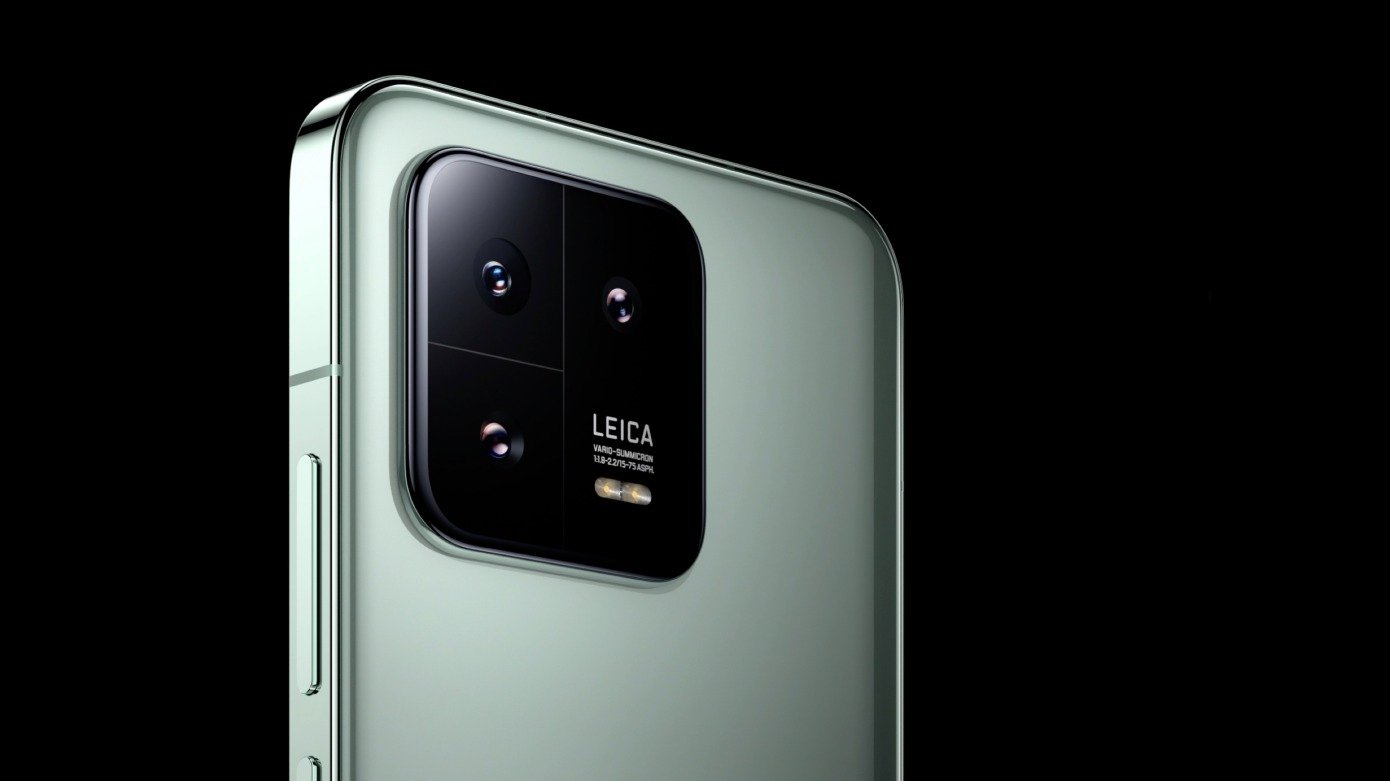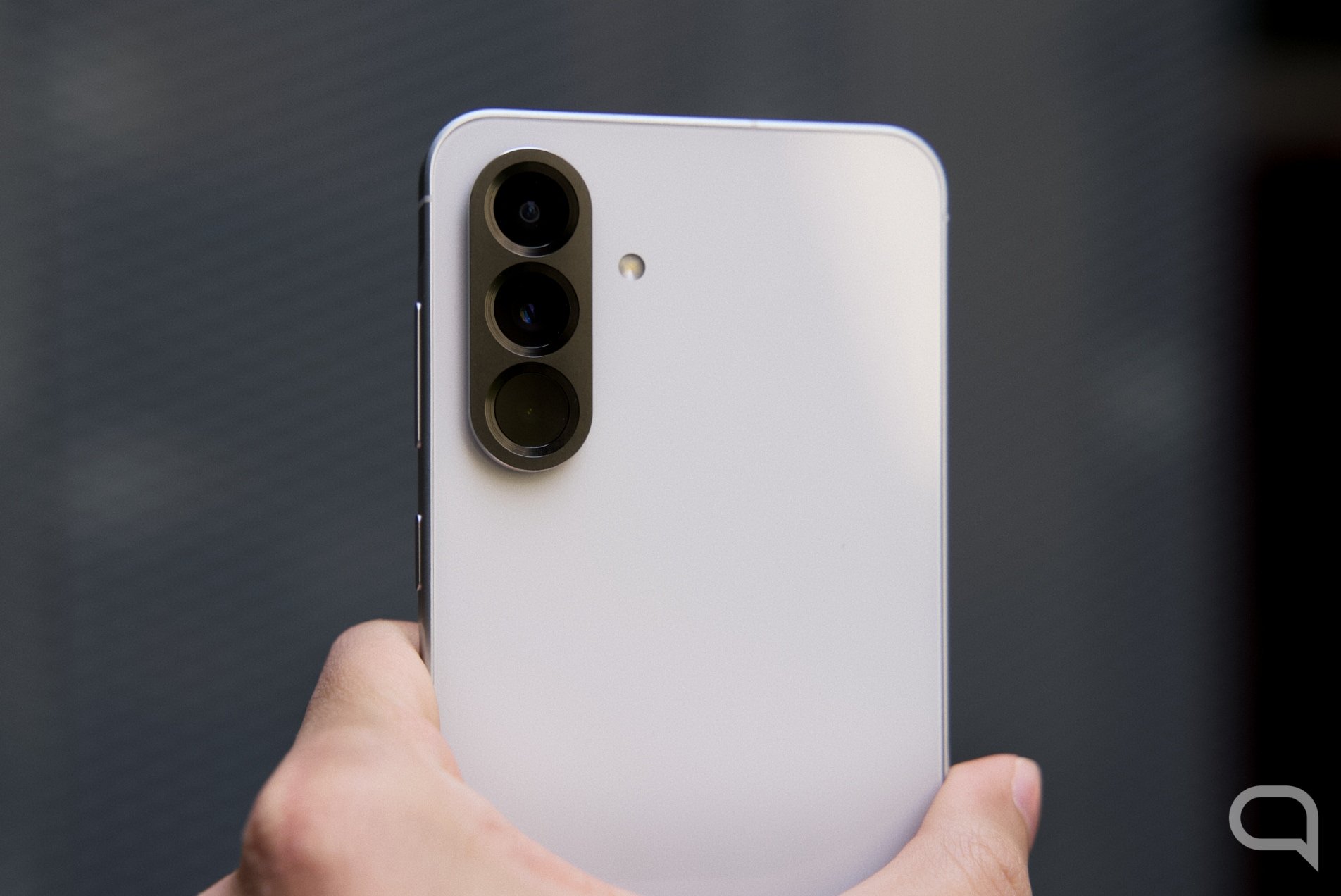Xiaomi teamed up with Leica to bring its new smartphone lineup to MWC 2023 Xiaomi 13. Big bet on photos, new devices from the Chinese company It promises to capture professional images with a balance between contrast and shadows, realistic colors and various software enhancements..
Three smartphones are available for different configurations and for different audiences: Xiaomi 13, Xiaomi 13 Lite and the powerful Xiaomi 13 Pro. Only the Lite model does not have a Leica camera, but bets on a slim design, two front sensors and elegant design to lure consumers.
The Xiaomi 13 and Xiaomi 13 Pro models are what the company calls a “dual flagship”, a strategy that prioritizes more advanced features in mobile phones. The “basic” model has rounded corners, straight edges and follows the “more is more” line. The Pro version has more rounded edges and a larger screen.
Professional smartphone cameras
The focus of the new Xiaomi 13 and Xiaomi 13 Pro is photography, and the partnership with Leica to manufacture the devices covers almost all sensors – the only exception is the front cameras. Xiaomi 13 brings a powerful setup with three Leica cameras:
-
Mother: 50 MP (IMX800, Sony made), f/1.8, HyperOIS, 23mm;
-
telephoto: 10 MP with 2x optical zoom, f/2.0, OIS, 75mm;
-
angular: 12 MP, 120º field of view, f/2.2, 15mm.
The Xiaomi 13 Pro model, on the other hand, tries to “shorten the path” between mobile phones and professional cameras. For this, it has an equally competitive sensor configuration:
-
Mother: 50 MP (IMX989), f/1.9, HyperOIS, 1″, 23mm sensor;
-
telephoto: 50MP, f/2.2, OIS, 75mm
-
angular: 50 MP, 115º, f/2.2, 14mm
Both models are 32MP (f/2.0) front camera. However, one of the highlights is 1″ sensor of 13 Pro version that guarantees up to 72% better performance in low light compared to 12 Pro — The Pro model still has 10-bit RAW photos.

In the new generation, Xiaomi offers up to 8K shooting with 4K resolution (60 fps) and Dolby Vision with a mode called HyperOIS for more stable video shooting even on the move. Samsung and Apple also rely on features like this in their latest releases. Xiaomi also has new models OIS on telephoto lensthis should improve results in low light locations.
At the presentation, Xiaomi and Google also announced their partnership progress. The new Xiaomi 13 and 13 Pro consumers will have 2TB of Google One storage for a 6-month free period. But those who buy mobile phones will have 100 GB on the service to store their files.
Gaming firepower and long battery life
Xiaomi 13 features a 6.36-inch AMOLED display with Full HD+ resolution (2400 x 1080p) and an adaptive 120Hz refresh rate. However, a prominent point is 1900 nits maximum brightness — and 1,200 nits in manual tuning. It has features like Pro HDR, Dolby Vision and HDR10+.
The Xiaomi 13 Pro has a 6.73″ display, again with AMOLED technology, but WQHD+ resolution (3200 x 1440p). It has adaptive speed up to 120 Hz and the same brightness characteristics as the regular model. In fact, both mobile phones have very thin bezels on the bezel and a small hole for the front camera.
They even share other hardware specs. Among them is the Qualcomm Snapdragon 8 Gen 2 chipset with special enhancements for those who want to use the devices for gaming. Also, both have 12GB of RAM and 256GB or 512GB of storage.
Xiaomi brings it to both models MIUI 14 based on Android 13. However, in terms of batteries, the Xiaomi 13 has a 4,500 mAh (67W wired or 50W wireless charging) component, while the Xiaomi 13 Pro has 4,820 mAh (120W wired or 50W wireless charging). Both feature reverse charging with 10W power.
According to the company, the Xiaomi 13 offers 14 hours of continuous use for a typical user. The Xiaomi 13 Pro, on the other hand, focuses on charging speed and offers “all-day battery” with only 19 minutes of full charge.
*This is an ongoing story and will be updated with new information.
Source: Tec Mundo
I’m Ben Stock, a highly experienced and passionate journalist with a career in the news industry spanning more than 10 years. I specialize in writing content for websites, including researching and interviewing sources to produce engaging articles. My current role is as an author at Gadget Onus, where I mainly cover the mobile section.












